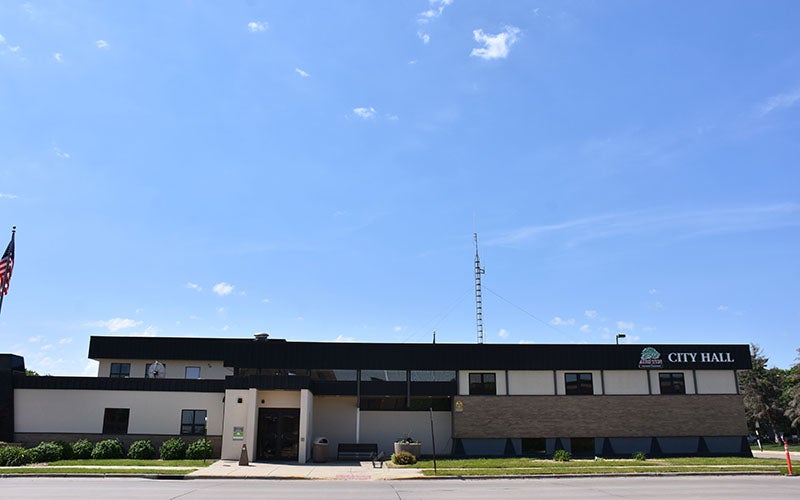City may have to pay more for key services
Published 10:24 am Thursday, February 21, 2013
The Austin City Council found a common theme during its annual retreat meetings: City departments are stretching to ensure services in town, and the city will likely need to bring in more money over the next few years to keep up with growing needs.
Department heads updated the council on last year’s successes, but several departments will likely have to deal with personnel issues in the near future.
Public Works Director Steven Lang told the council last week his department was planning transition programs to make sure Austin had experienced city employees as more city workers near retirement.
Fire Chief Mickey Healey said the city’s fire department will have to replace another firefighter despite recently filling three open positions. Though firefighters are in demand nationwide, Healey said the local market is well enough to find another worker. Yet several injuries to full-time firefighters mean some shifts may go understaffed starting at the end of the month. In addition, the department’s reduced staff somewhat limited firefighter response last year.
“In the eight structure fires that we had [last year], the large ones, basically one out of all eight were we really able to put all the firefighters on-scene in the first 8 to 10 minutes that we needed,” Healey told council members. “Most of the time, we’re looking at 13, 15 minutes before we get two to four additional people.”
The fire department usually staffs two to three firefighters per shift to respond to calls, with part-time employees called in as necessary. Austin typically sent about 17 firefighters to large structure fires, above the recommended 15 firefighters minimum for such emergencies. Yet guidelines state those firefighters should be on-scene within 8 minutes, and Austin only met the time guidelines on 8 percent of its calls last year, compared to 27 percent in 2011.
Police Chief Brian Krueger noted during his presentation Austin’s full-time police force hasn’t grown for the past two and a half years, yet Austin’s crime rate has continuously increased. Though the total number of arrests in Austin decreased from 1,821 in 2011 to 1,765 in 2012, juvenile arrests increased from 589 to 640 in that time.
Austin’s crime rate, or number of offenses per 100,000 residents, is higher than several Twin Cities communities, according to the state Bureau of Criminal Apprehension. Austin’s total number of arrests in 2012 is markedly higher than other communities as well. Communities closer to the cities like Apple Valley and Lakeville had about 1,700 and 1,250 arrests, respectively, while nearby Albert Lea only had 981 arrests last year, Red Wing had 812, Faribault had 722, Owatonna had 725, and Winona had a little more than 900 arrests in 2012.
“I don’t have an answer for you as to why our crime rate is so much higher than others in the surrounding area,” Krueger told the council.
While city officials said the high number of arrests was a testament to the police force’s proactive stance on crime, Austin also has a smaller police staff per 1,000 residents compared to other nearby cities, according to Krueger’s report to the council.
City Administrator Jim Hurm told the council the city has annually cut about two full-time positions over the past 25 years, but city officials have found cutting positions increasingly difficult lately without affecting city services.
Though Austin has among the lowest taxes per capita in Minnesota, council members may look to increase taxes in the near future to pay for necessary projects. The council agreed with Mayor Tom Stiehm during a brainstorming exercise when he said residents weren’t looking for cuts in services, and the city may have to find more money to support those services in the future as the city grows.
“People have said they want services to stay where they are,” Stiehm said. “They don’t want to cut services, so we’re not looking to cut people.”
Council Member Jeff Austin estimated the council could have to discuss adding city positions over the next two to three years in response to increasing city population and infrastructure.



